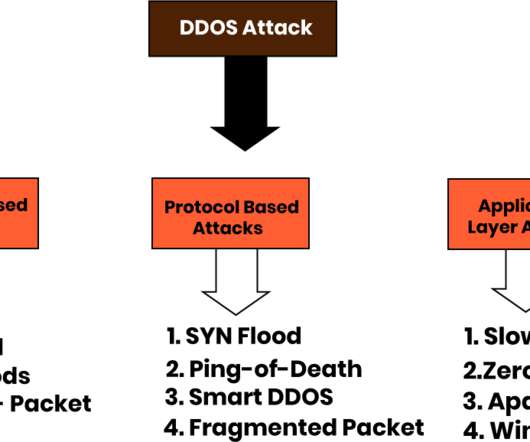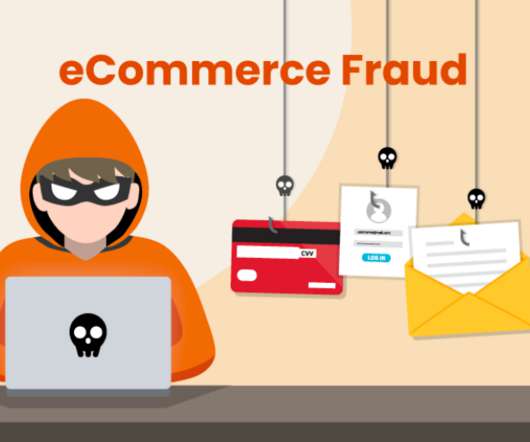Top 6 Hacks To Secure Your eCommerce Site Against Cyber Threats
SecureBlitz
FEBRUARY 15, 2021
This post will show you the top 6 hacks to secure your eCommerce site against cyber threats. ECommerce sites are a lucrative source of personal and financial data for potential attackers. The impact on eCommerce businesses can be devastating. After a major breach, 60% of companies tend to close down for good within six months.






















Let's personalize your content